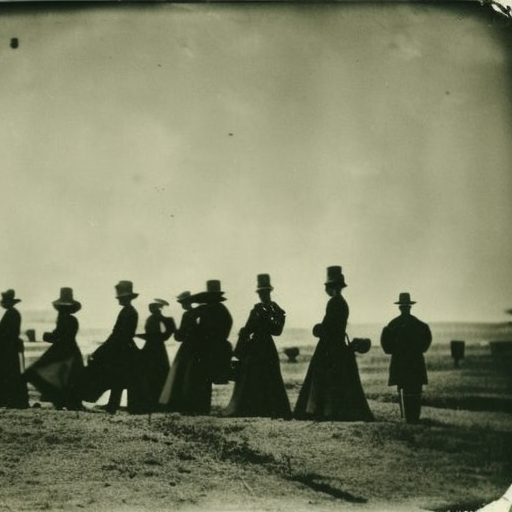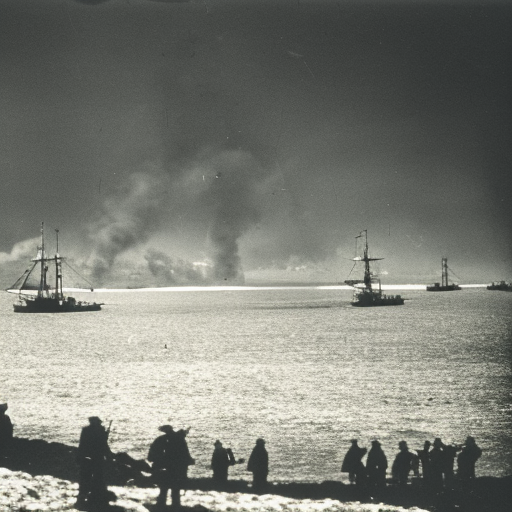The Emancipation Reform in Russia (1861)
The Emancipation Reform in Russia, implemented in 1861, was a significant event in the country’s history that aimed to abolish serfdom and grant peasants certain rights and freedoms. This reform was initiated by Tsar Alexander II, who recognized the need for modernization and social change in Russia.
Background
Serfdom had been a central feature of Russian society for centuries. Peasants, who made up the majority of the population, were bound to the land and subject to the control of the nobility. They were essentially treated as property and had limited personal freedoms. The system had become increasingly outdated and hindered Russia’s economic and social progress.
The Reform
The Emancipation Reform was a complex process that involved various stages and negotiations. It aimed to transform the relationship between the nobility and the peasantry, granting the latter more rights and freedoms. The main provisions of the reform included the liberation of serfs, the redistribution of land, and the establishment of peasant self-government bodies.
Liberation of Serfs
The reform declared that all serfs were to be freed from their bondage. This meant that they were no longer the property of the nobility and were granted personal freedoms. However, the process of liberation was not immediate. The serfs had to pay redemption fees to the nobility for the land they were to receive, and these payments were spread out over a period of time. Additionally, the serfs were required to continue working on the land for the nobility for a certain period as a form of compensation.
Redistribution of Land
As part of the reform, the land that was previously owned by the nobility was redistributed among the peasants. Each household was allocated a certain amount of land, which they could now work for their own benefit. However, the land distribution was not always equal or fair, and some peasants received less desirable plots. Furthermore, the peasants had to repay the redemption fees for the land, which often put them in debt.
Peasant Self-Government
The Emancipation Reform also introduced the concept of peasant self-government. Peasants were allowed to form self-governing bodies called mirs, which were responsible for managing local affairs and resolving disputes. The mirs had the power to make decisions regarding land use, taxation, and other community matters. This was a significant step towards empowering the peasantry and giving them a voice in their own governance.
Impact and Legacy
The Emancipation Reform had a profound impact on Russian society. It marked the end of serfdom and brought about significant social changes. The reform aimed to improve the conditions of the peasantry and provide them with more opportunities for economic and social advancement. However, the implementation of the reform was not without challenges. The peasants faced difficulties in repaying the redemption fees and adapting to their new status as landowners. The reform also did not address all the issues faced by the peasantry, such as poverty and limited access to education.
In conclusion, the Emancipation Reform in Russia in 1861 was a pivotal event that aimed to abolish serfdom and grant peasants certain rights and freedoms. It marked a significant step towards modernization and social change in the country. While the reform brought about positive changes, it also presented challenges and did not fully address all the issues faced by the peasantry. Nonetheless, it remains an important milestone in Russian history.












